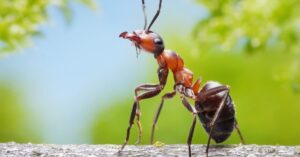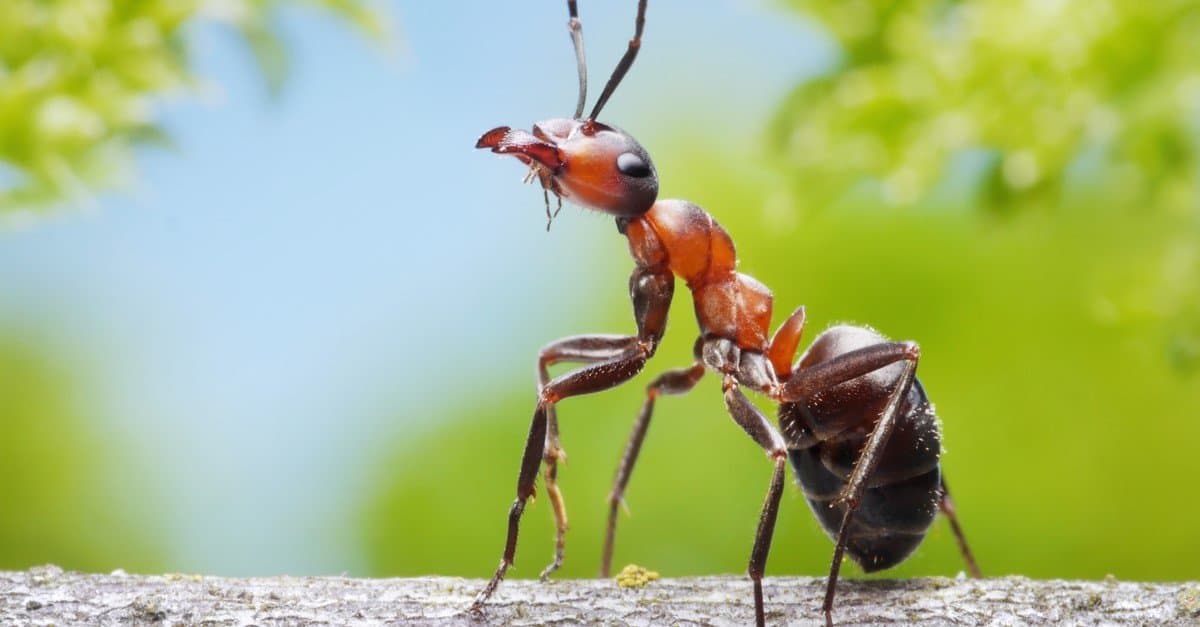Ants in homes or yards can become a serious concern when not addressed right away. Several types of ants in St. Louis cause stress for homeowners. Each species of ants has its own habits and can introduce different challenges. Some are drawn to food in kitchens. Others damage wood or create painful stings.
Homeowners who are tired of handling ant infestations should hire Pointe Pest Control. The company can perform a careful property inspection to identify the species present. This allows them to determine the right treatment approach to use. The company provides different services, including barrier treatments around the home, baiting systems for stubborn colonies, and preventive measures to keep ants from returning. Below are the different species that can be found in St. Louis:
Carpenter Ants
Carpenter ants can be black or dark brown. They do not eat wood, but they tunnel through it to create nests. This activity can weaken wooden beams, flooring, and furniture. Signs of carpenter ants include sawdust-like shavings near baseboards or window frames.
Pavement Ants
Pavement ants often make their nests in cracks of driveways, sidewalks, and patios. They are small, dark brown to black. They often invade kitchens in search of crumbs and sweets. They live in huge colonies and are especially persistent. Thus, careful control methods are necessary to keep them out.
Odorous House Ants
These ants give off a foul smell when crushed, often compared to rotten coconut. They usually invade kitchens and pantries. They thrive on sugary foods and drinks, making spills and unsealed containers easy targets.
Pharaoh Ants
Pharaoh ants are tiny, light yellow ants that can spread indoors. They prefer warm, humid environments. They often nest in hidden spots like wall voids, behind baseboards, or inside furniture. These ants can carry salmonella, which poses health risks to families. Disturbing one nest of pharaoh ants can cause the colony to scatter and form new ones.
Acrobat Ants
Acrobat ants get their name from their ability to raise their abdomens above their heads when threatened. They are usually light brown to black. They are often found outdoors in decaying wood, but they can also move inside through cracks or gaps. Also, they are drawn to moisture-damaged wood, insulation, or leaks indoors. Their bite can be painful, making them a nuisance when they nest too close to homes.
Field Ants
Field ants are common in yards and gardens across St. Louis. They build large mounds that disrupt lawns and landscaping. While they do not typically invade homes, they can sting if disturbed, which makes outdoor activities less enjoyable. Their colonies can grow very large, and their nests may damage turf if not managed.
Argentine Ants
Argentine ants are well known for their massive colonies. These species create supercolonies with multiple queens. They are light to dark brown. They usually enter homes in search of sweet foods. Their sheer numbers can overwhelm kitchens and pantries, making infestations feel endless without professional help.
Thief Ants
Thief ants are among the smallest ants, often mistaken for pharaoh ants because of their tiny size. They get their name from their habit of nesting near other ant colonies and stealing food and larvae. They are drawn to greasy or high-protein foods inside homes. Their small size allows them to slip through the tiniest cracks.
Crazy Ants
Crazy ants earn their name from their rapid and erratic movement, which makes them seem unpredictable. These ants are small, reddish-brown. They may nest in soil, mulch, or under debris. They invade electronics, wall voids, and crawl spaces indoors. Their ability to nest in diverse locations makes them difficult to control without professional help.









